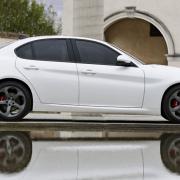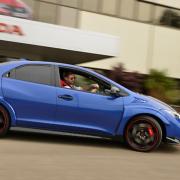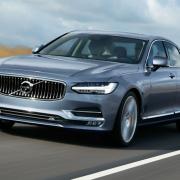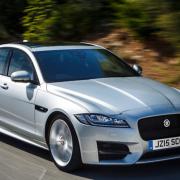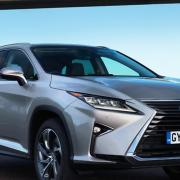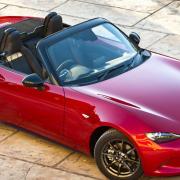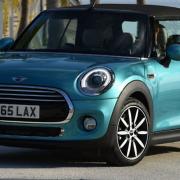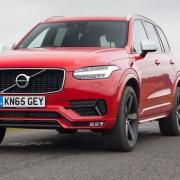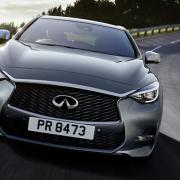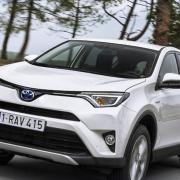Having started it all, the Japanese marque wants the latest X-Trail to seal its reputation as the brand for crossovers
Nissan’s X-Trail was always a cut above ‘soft-roader’ rivals like the Toyota RAV4 and Honda CR-V, because it actually could cope with a bit of rough terrain.
But generations one and two also had pugnacious looks to go with that role; the original cars even had footwells finished with hardwearing material that could be hosed out if you’d brought too much landscape back on the soles of your wellies.
However, in the world of urban-dwelling soft-roading motorists, such Tonka Toy talent is wasted, so it’s probably no surprise that last year’s third generation replacement is a more stylish beast likely to sell in greater numbers, while preserving some off-road ability through its 4x4 versions.
It’s probably no accident either that the brand that invented the crossover segment, with its original big-selling Qashqai and bug-eyed Juke baby sister, now wants the X-trail to become a big brother to both of them.
Especially as Nissan has also come up with a major production budget saver: the previous Qashqai used to be offered as a standard five-seater or stretched ‘seven-up’ model. But this X-Trail offers five to seven seats within the same bodyshell (those who really must have seven aboard can do so at a not unreasonable £700 extra), allowing Nissan to dispense with the old Qashqai +2’s valuable slot on the production lines.
The new X-Trail is available in both front-wheel drive (FWD) or 4x4 formats, the former catering for people who want high-riding SUV/crossover style plus economy. The FWD option keeps prices sensible too: from £21,995 for the entry-level five-seat Visia variant. For those wanting 4x4, this starts at £25,255, which also looks good value against the opposition. Safety and driver aids are a major feature: even entry level Visia trim is offered with a Smart Vision Pack, for a modest £495.
For now, engine choice is limited to Nissan’s impressive 163PS (161bhp) 1.6-litre turbocharged DIG-T petrol unit with 145g/km of CO2 emissions or a smooth 130PS (128bhp) 1.6-litre diesel – tested here - with so-so CO2 emissions of 129g/km for the type, but decent performance - as good as the previous two-litre diesel variant says Nissan.
In FWD manual format it will return 57mpg according to the official combined cycle, providing you don’t exploit the smooth and refined power and handling – the X-Trail is quite agile for a large and relatively tall car.
But it is the newcomer’s crossover flexibility that wins most friends, with wide opening doors for easy access, various passenger seating configurations and cargo-loading options. A double-load floor allows up to nine boot layouts, notably the creation of upper and lower areas with a single-handed move.
In its topmost position, the floorboard can hold up to 10 kilograms of luggage, or 75 kilograms in its middle position.
This solution enables the user to store, for example, a baby buggy and large items below while creating a fully usable upper load surface for smaller, lighter items or shopping.
Access to the luggage area has also been made easier with remote operation of the power tailgate, a classy touch that will further worry expensive German premium rivals, already concerned by the smaller Qashqai’s upmarket appeal.
Nissan X-Trail
Prices from: £21,995
Model featured: 1.6 DCi 130 Tekna Xtronic (7-str) £31,255
Power: 130bhp and 0-62mph in 11.4 seconds
Engine: 1,598cc turbodiesel
Fuel consumption: 55.4mpg combined cycle
Road tax: £130/year
Best rival: Hyundai Santa Fe
w




